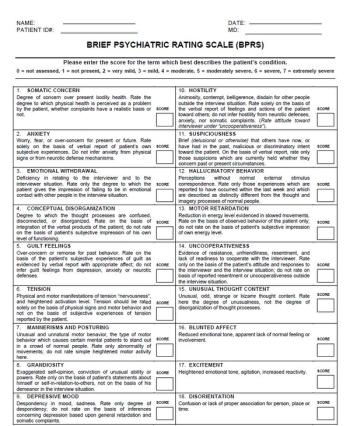
Bipolar Spectrum Diagnostic Scale (BSDS)
This iPhone and Android-friendly Bipolar Spectrum Diagnostic Scale (BSDS) is found most helpful in detecting not only severe cases of bipolar disorder but also patients who fall into the “softer” end of the bipolar spectrum.
The
The 19 question items on the English version of the BSDS were based on those questions that Pies found most helpful in detecting not only severe cases of bipolar disorder but also patients who fall into the “softer” end of the bipolar spectrum (eg, patients with a history of major depressive episodes and 1 or 2 episodes of elevated mood and energy that last only 1 to 3 days, thus not meeting DSM-IV criteria for hypomania).
The
The BSDS has two sections. The first part includes a series of 19 sentences that describe the main symptoms of bipolar spectrum disorders. Each sentence is linked to a blank space that should be checked by patients who decide that the statement is an accurate description of their feelings or behaviors. Each checked statement is assigned 1 point.
The second portion of the BSDS asks the patient to select the degree to which the 19-item narrative “fits” his or her own experience. The scale offers four possibilities: “This story fits me very well, or almost perfectly” (6 points); “This story fits me fairly well” (4 points); “This story fits me to some degree, but not in most respects” (2 points); and “This story doesn't really describe me at all” (0 points).
Point of Care
These scales are easily used online and via mobile devices for assessment at the point of care. Score, share and record results.
Find them by suspected diagnosis:
Newsletter
Receive trusted psychiatric news, expert analysis, and clinical insights — subscribe today to support your practice and your patients.













